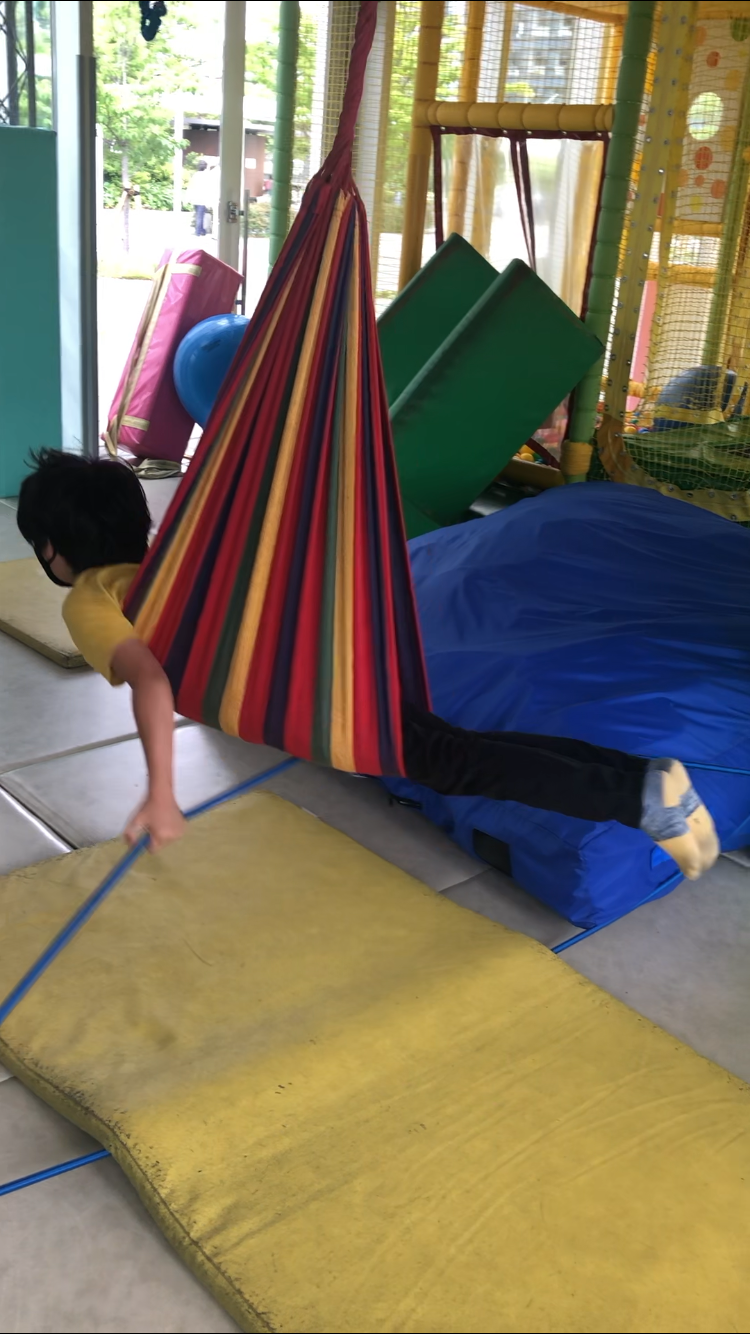About
Sensory Processing/Integration
"Sensory integration is the ability to organize sensory information for use... that enables man to interact effectively with the environment" (Ayers)
We constantly receive sensory information (vision, auditory, tactile etc.), and then the brain interprets it and turns it into appropriate motor and behavioral responses. When the information is not appropriately perceived or organized, it causes us movement, behavioral and functional difficulties. Please refer to Sings of SPD.


About Sensory Processing/Integration
Sensory integration is the brain’s ability to receive, interpret, and organize sensory information from the environment—such as sights, sounds, and touch—to produce appropriate motor and behavioral responses. As defined by Jean Ayres, it is “the ability to organize sensory information for use… that enables individuals to interact effectively with their environment.”
When sensory information is not accurately perceived or properly processed, children may experience difficulties with movement, behavior, attention, and daily functioning. These challenges can impact learning, social interactions, and overall well-being.
Please refer to Sings of SPD for more information.
Sensory Integration/Processing Therapy
Sensory Integration Therapy helps children learn to effectively process and respond to sensory information from their environment. Our therapy is provided by qualified occupational therapists who have completed specialized certified training in sensory integration.
Sessions take place in a fun, safe, and fully equipped sensory gym designed to encourage active movement and exploration. Children enjoy using swings, trampolines, monkey bars, climbing walls, slides, a ball pit, a zip line, and large soft blocks. This sensory-rich environment allows each child to experience the “just right” amount of sensory input they need to build regulation, coordination, and confidence.












Signs of Sensory Processing Difficulties (SPD)
-
Difficulty sitting still or maintaining an upright posture
-
Constantly moving, running, or spinning
-
Lack of awareness or understanding of personal space
-
Frequently bumping into objects
-
Difficulty gauging personal strength (e.g., gripping too hard or too softly)
-
Over-sensitivity to touch, noises, smells, or people
-
Frequent or prolonged temper tantrums
-
Easily distracted by sounds or visual stimuli
-
Quick to feel overwhelmed or anxious
-
Unaware of pain or light touch
-
Difficulty navigating or moving through their environment
-
Overly fearful of swings, heights, or unstable surfaces
-
Problems with eating or sleeping routines
-
Challenges with dressing (e.g., discomfort with clothing)
-
Clumsiness or poor coordination
-
Low muscle tone or “floppy” body posture
